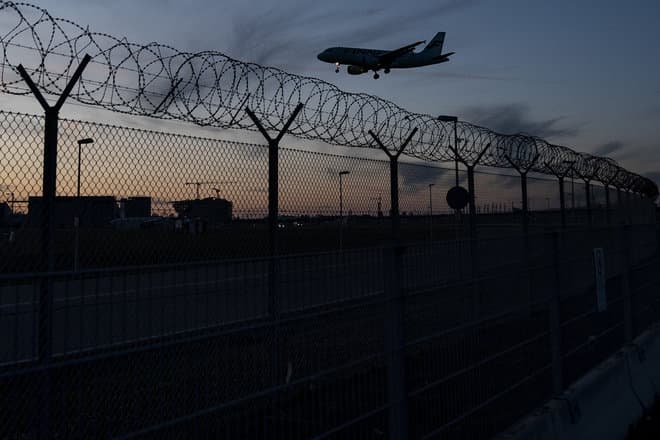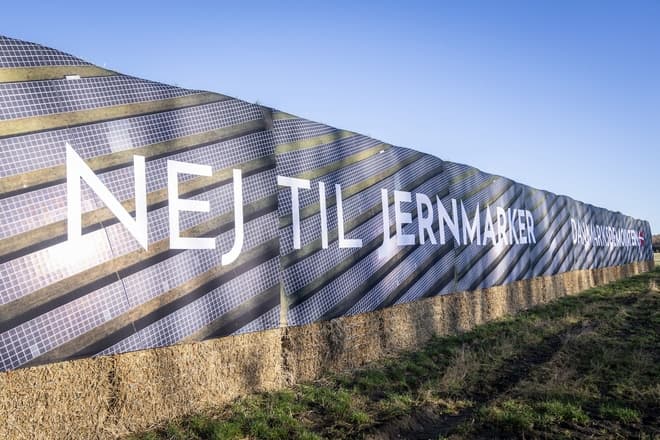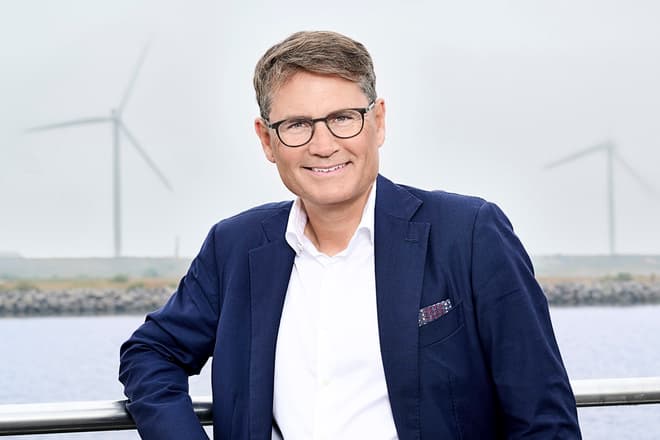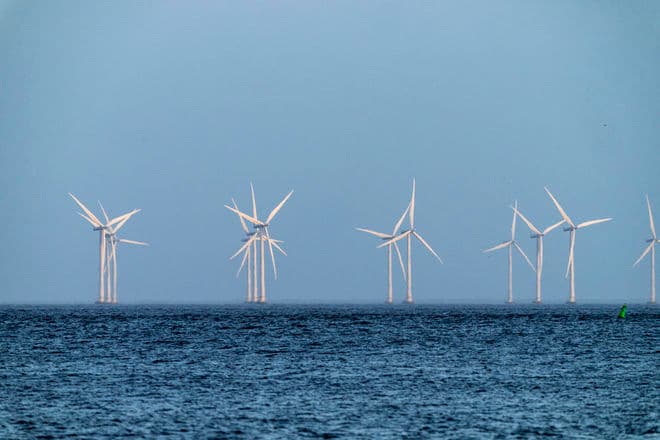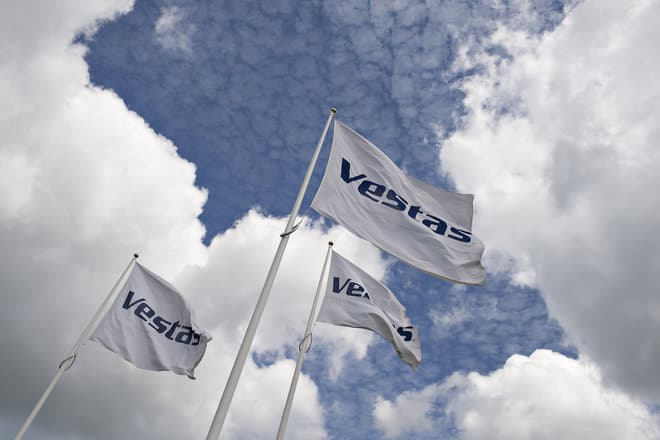The massive investment in offshore wind in the North Sea is realistic to implement by 2050. This is the opinion of Brian Vad Mathiesen, professor of energy planning at Aalborg University.
Specifically, the Prime Minister of Denmark, Mette Frederiksen (S), and the heads of government from the Netherlands, Belgium and Germany have agreed on a green plan, in which the four countries will supply Europe with 150 gigawatts of offshore wind by 2050.
- It is realistic when you set the goals so early. When you have a line of sight that goes all the way to 2050, there must also be a high level of ambition. The four countries are in the unique position of being close to very large wind resources, says Brian Vad Mathiesen.
On Wednesday, Prime Minister Mette Frederiksen will meet with the heads of government from the Netherlands, Belgium and Germany in Esbjerg. Together they will sign an official declaration that obliges the four countries to supply Europe with 150 GW of offshore wind by 2050. Brian Vad Mathiesen believes that setting a long-term goal is the right way to go. The project requires a lot of planning and coordination, he says.
- That's why it's the right level of ambition, he says.
Free from Russian energy
It's about green transition and getting rid of Russian energy. The plan will also be extremely beneficial for Danish business and create lots of jobs, according to both Climate Minister Dan Jørgensen (S) and the interest group Green Power Denmark.
Brian Vad Mathiesen agrees. However, he emphasizes that this plan is probably not the one that will make Denmark and Europe independent of Russian energy right now:
- Building 150 GW of offshore energy is not the kind of solution we need to have in place to get rid of Russian gas and oil in the short term. But in the long term it should ensure that we do not become dependent on fossil fuels from other states, which we may not be that interested in being connected to.
The 150 GW will be a tenfold increase in the existing capacity for offshore wind in the North Sea, and that is enough to supply approximately 230 million European households with green electricity.
Ritzau
Text, graphics, images, sound, and other content on this website are protected under copyright law. DK Medier reserves all rights to the content, including the right to exploit the content for the purpose of text and data mining, cf. Section 11b of the Copyright Act and Article 4 of the DSM Directive.
Customers with IP agreements/major customer agreements may only share Danish Offshore Industry articles internally for the purpose of handling specific cases. Sharing in connection with specific cases refers to journaling, archiving, or similar uses.
Customers with a personal subscription/login may not share Danish Offshore Industry articles with individuals who do not themselves have a personal subscription to Danish Offshore Industry.
Any deviation from the above requires written consent from DK Medier.










